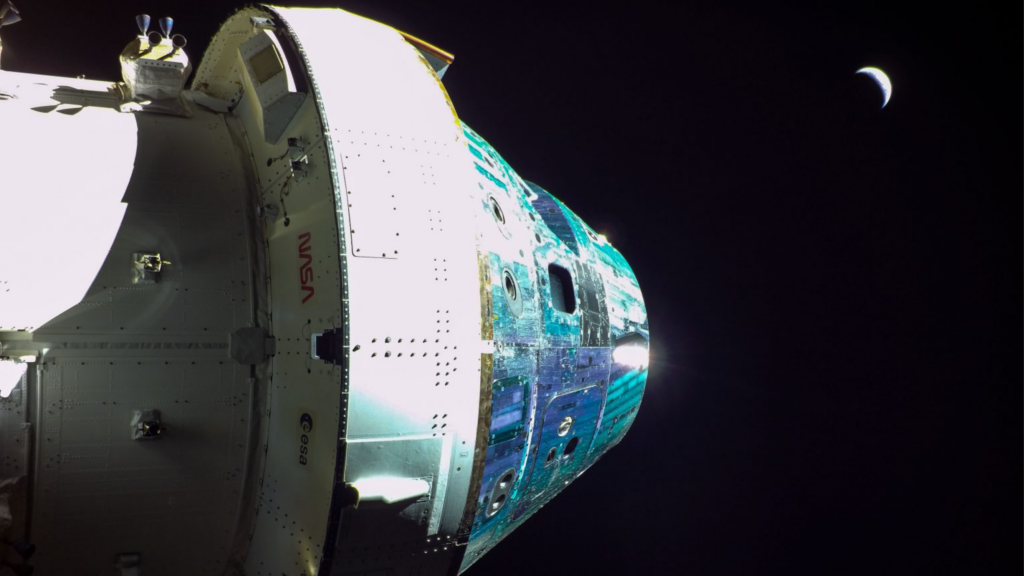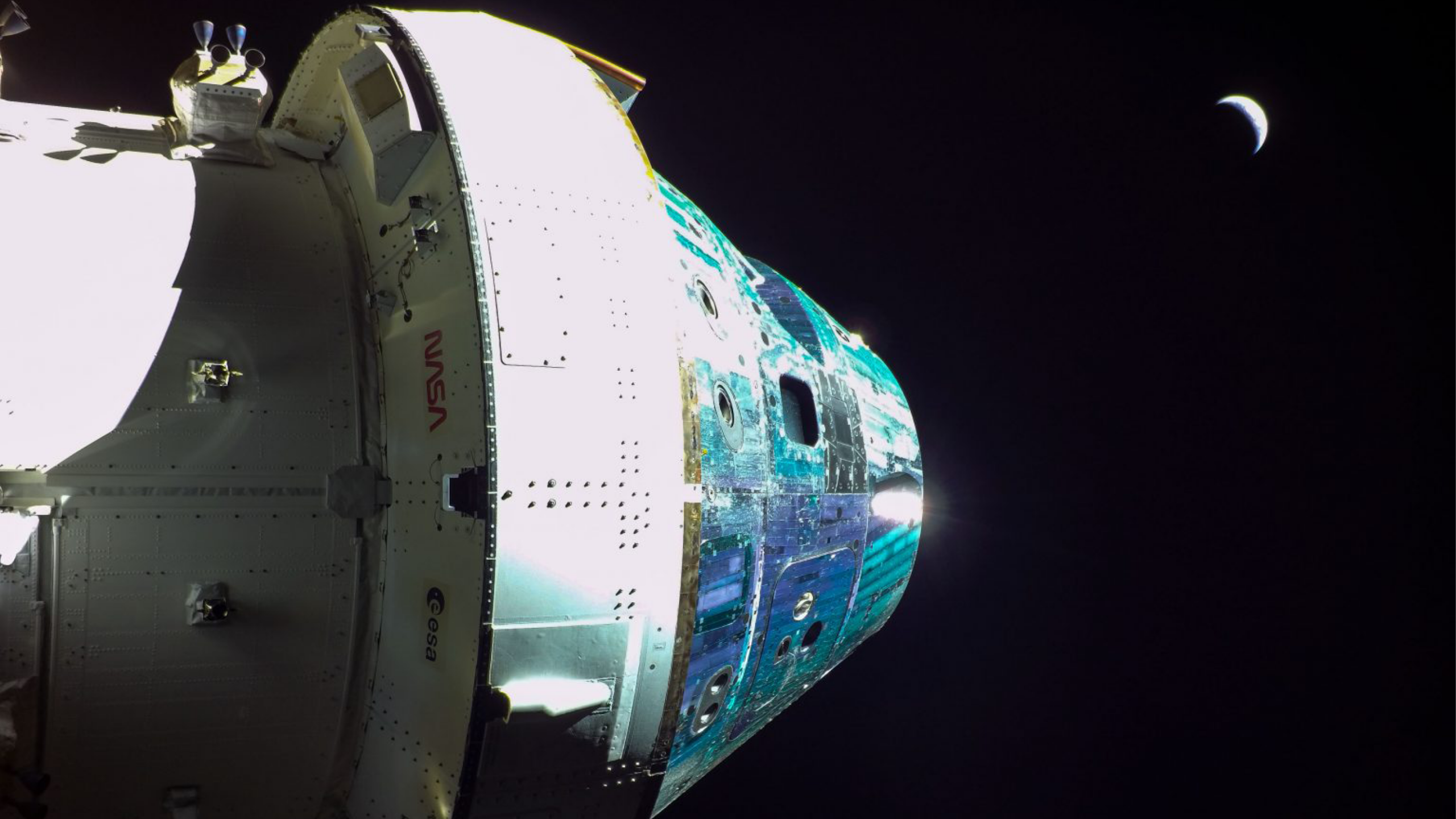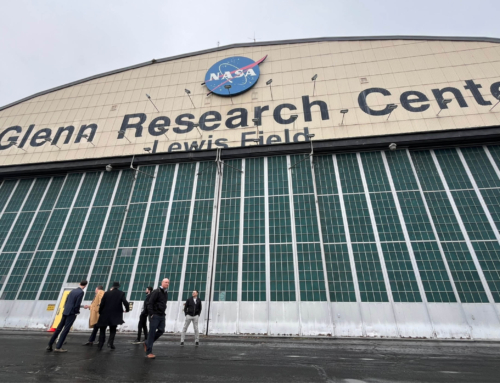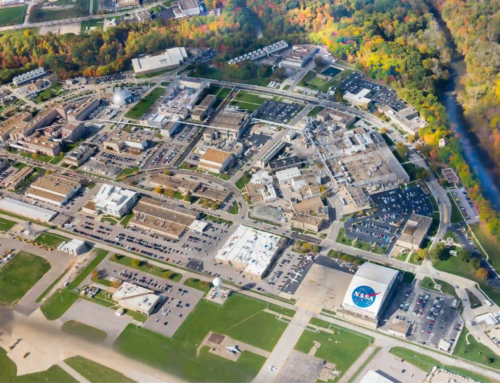
NASA’s Artemis I – Flight Day 19: Orion Prepares for Close Lunar Flyby, Teams Examining Power Conditioning Issue
Orion performed the second return trajectory correction burn on Sunday, Dec. 4, at 10:43 a.m. CST, using the auxiliary thrusters and increasing the spacecraft’s velocity by 1.16 mph (1.71 feet per second).
Shortly after acquiring signal with the Deep Space Network’s Canberra ground station at 12:41 a.m. CST, Orion experienced an issue with a power conditioning distribution unit (PCDU), in which four of the latching current limiters responsible for downstream power were switched off. These lower-level switches connect to the propulsion and heater subsystems. Teams confirmed the system was healthy and successfully repowered the downstream components. There was no interruption of power to any critical systems, and there were no adverse effects to Orion’s navigation or communication systems.
Teams are examining whether a potential contributor to this issue is related to a power configuration test implemented by the flight teams to investigate previous instances in which one of eight units opened without a command. The umbilical was successfully commanded closed each time and there was no loss of power flowing to avionics on the spacecraft.
The spacecraft obtained additional data using its optical navigation system, which is a sensitive camera to take images of the Moon and Earth to help orient the spacecraft by looking at the size and position of the celestial bodies in the images. Engineers also continue to work plans to accomplish several additional test objectives during Orion’s journey back to Earth. A host of test objectives provide information to engineers about how Orion operates in space, allowing them opportunities to validate performance models and learn as much as possible about the spacecraft.
In preparation for Orion’s return to Earth, the team from NASA’s Exploration Ground Systems Program and the U.S. Navy, who will recover Orion from the Pacific Ocean, completed its final training day at sea, using a mock capsule in the water for divers and small boats to practice open water recovery procedures.
On Monday, Dec. 5, Orion will make its closest approach to the Moon, flying 79.2 miles above the lunar surface. It will perform the return powered flyby burn at 10:43 a.m. CST, which will last about 3 minutes and 27 seconds, changing the velocity of the spacecraft by approximately 655 mph (961 feet per second). The return powered flyby is the last large maneuver of the mission, with only smaller trajectory corrections to target Earth remaining.
Live coverage of the close lunar flyby and burn will begin at 8 a.m. CST on NASA TV, the agency’s website, and the NASA app. During the coverage, lighting will be different than it was during Orion’s initial close lunar flyby on Nov. 21. The spacecraft will lose communications with Earth for approximately 31 minutes beginning at 10:40 a.m. CST, as it flies behind the far side of the Moon.







